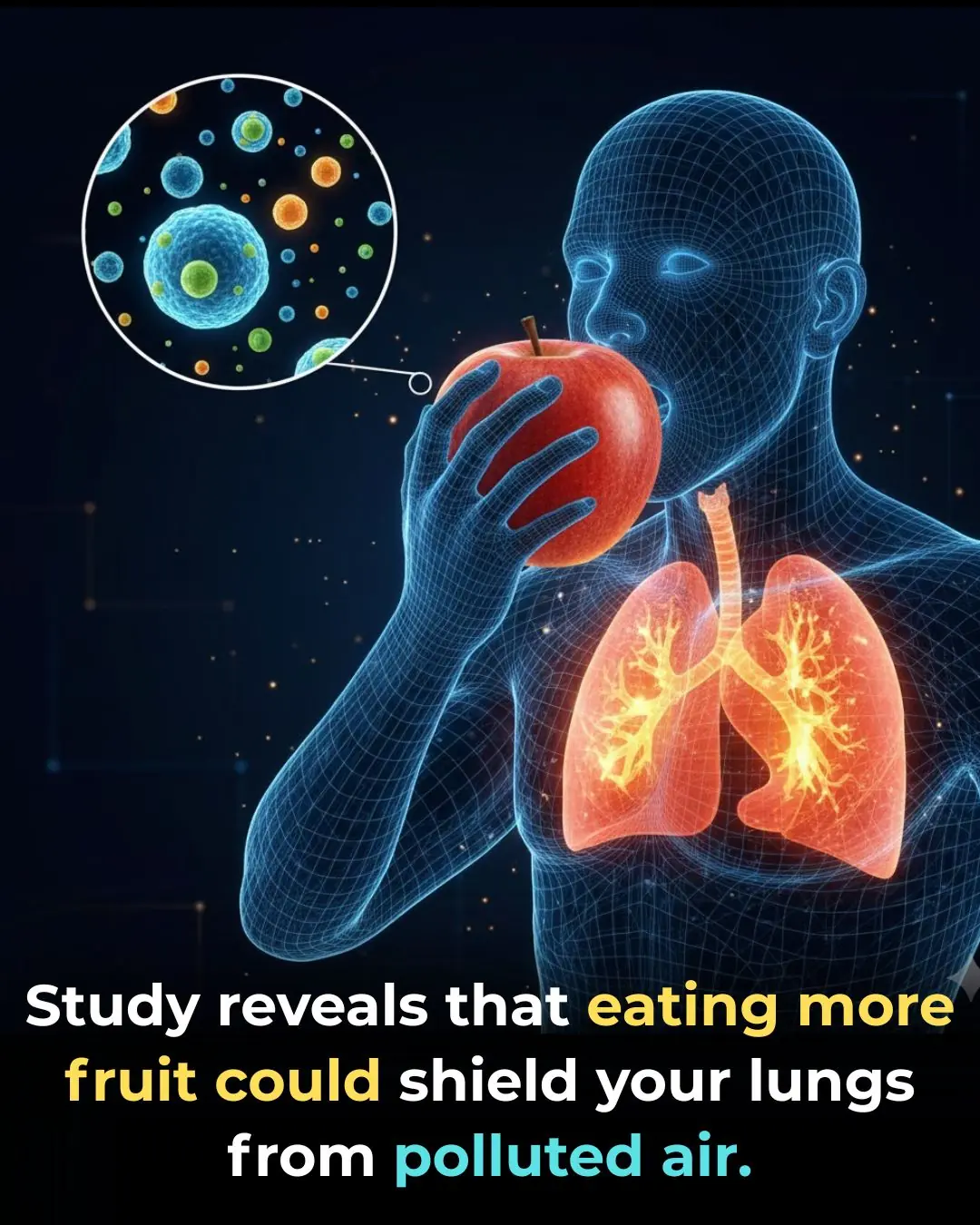
Gallbladder removal: what happens next and 3 risks to watch for
The gallbladder is a small, pear-shaped organ located just under the liver. It’s function is to store and release bile, a greenish-colored fluid that helps your body digest fats.
This tiny but significant organ can be affected by several conditions – one of the most common ones being gallstones. Also, the gallbladder can be affected by acute cholecystitis, gallstone pancreatitis, and rarely, gallbladder cancer.
When any of these conditions affect the organ, it results in pain that can also be felt on other parts of the body, including the back or chest. At the same time, gallbladder issues can cause fever, itching, tiredness, feeling bloated, and feeling like throwing up.
Most of these conditions are treated by a complete removal of the gallbladder, which isn’t considered an essential organ.
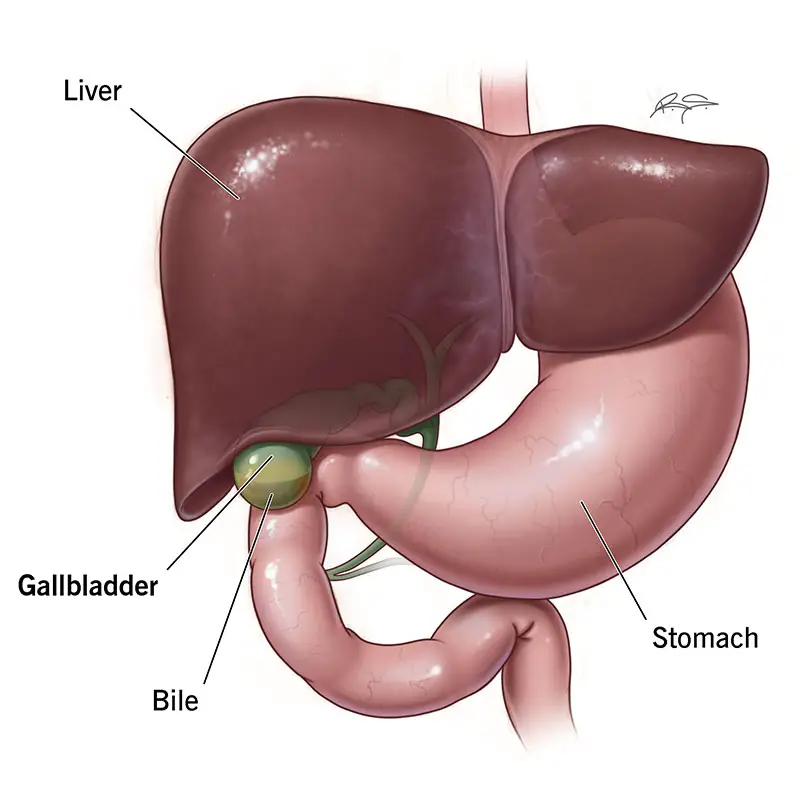
Following the surgery, people continue living a normal life, but as per the Mayo Clinic, there are certain side effects that appear right after surgery, such as diarrhea caused by an irritated bowel due to the bile that without a gallbladder flows directly into the intestines, and bloating.
Complications, that are relatively rare since the procedure is considered safe, are bleeding, injury of the bile duct, bile leakage, deep vein thrombosis, or injuries to the intestine, bowel and blood vessels.
Post surgery, patients are advised to avoid greasy and fatty foods.
The changes in diet lead to weigh loss at a great number of patients.

Doctors advice that during the first days post-surgery patients consume liquids, gelatine, broth. They should move to small portions of solid food gradually.
The post-surgery diet should be rich in low-fat foods such as beans, oatmeal, whole grains, vegetables, fruits, and fat-free dairy products. A couple of days after the surgery, patients can introduce foods that are high in fiber, such as prunes, oat bran, chickpeas, beets, and okra. Also, they can consume foods high in soluble fiber such as wheat germ, legumes, carrots, nuts, potatoes, and spinach.
Foods to avoid post-surgery include high-fat foods such as lard, butter, bacon fat, hot dogs, salami, processed baked goods, and pork. Also, try to avoid high-sweetened foods and caffeine.
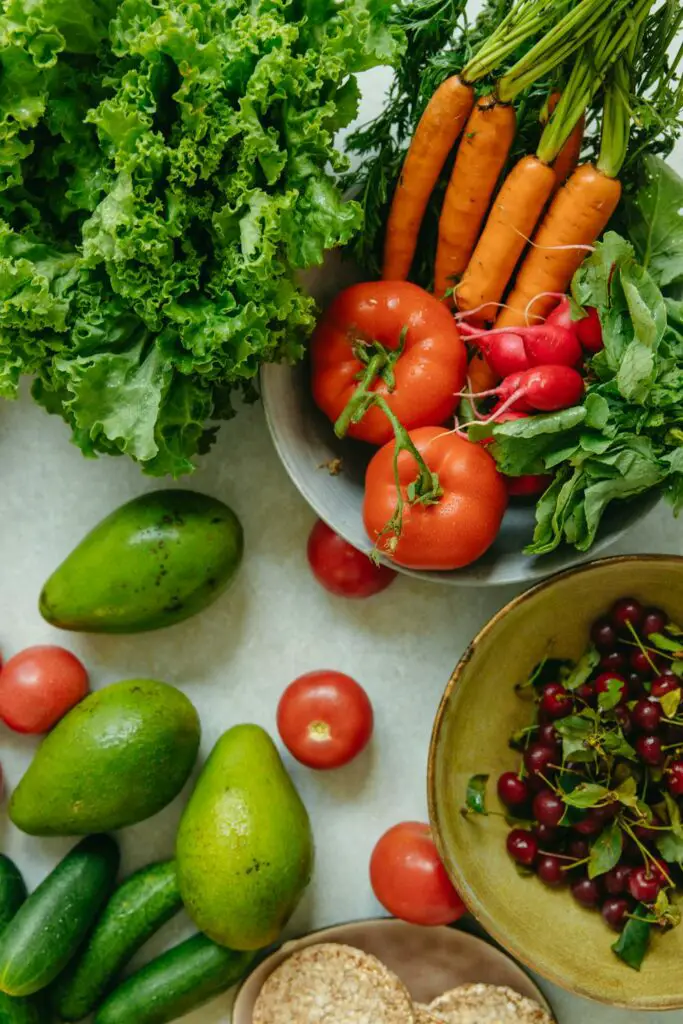
Most people return to work and their everyday activities two weeks to a month after the gallbladder removal surgery.
Certain diseases that may follow after this surgery include:
1. Reflux Gastritis
After the gallbladder is removed, bile becomes weaker and less concentrated. Eating heavy or fatty foods can trigger bloating, diarrhea, and even bile reflux, which may lead to reflux gastritis.
2. Colon Cancer
Gallbladder removal raises secondary bile acids, which can irritate the colon and increase colon cancer risk. Research shows people without a gallbladder have a slightly higher chance of developing colon cancer, so surgery should be a last resort.
3. Common Bile Duct Stones
With no gallbladder to store bile, the common bile duct takes over and becomes more pressured and stretched. Over time, stagnant bile can lead to bile duct stones.
*Disclaimer: This information is for informational purposes only and not a substitute for professional medical advice, diagnosis, or treatment. Always consult your physician or healthcare provider with any questions about your health or medications. Do not disregard professional advice based on this information.
News in the same category

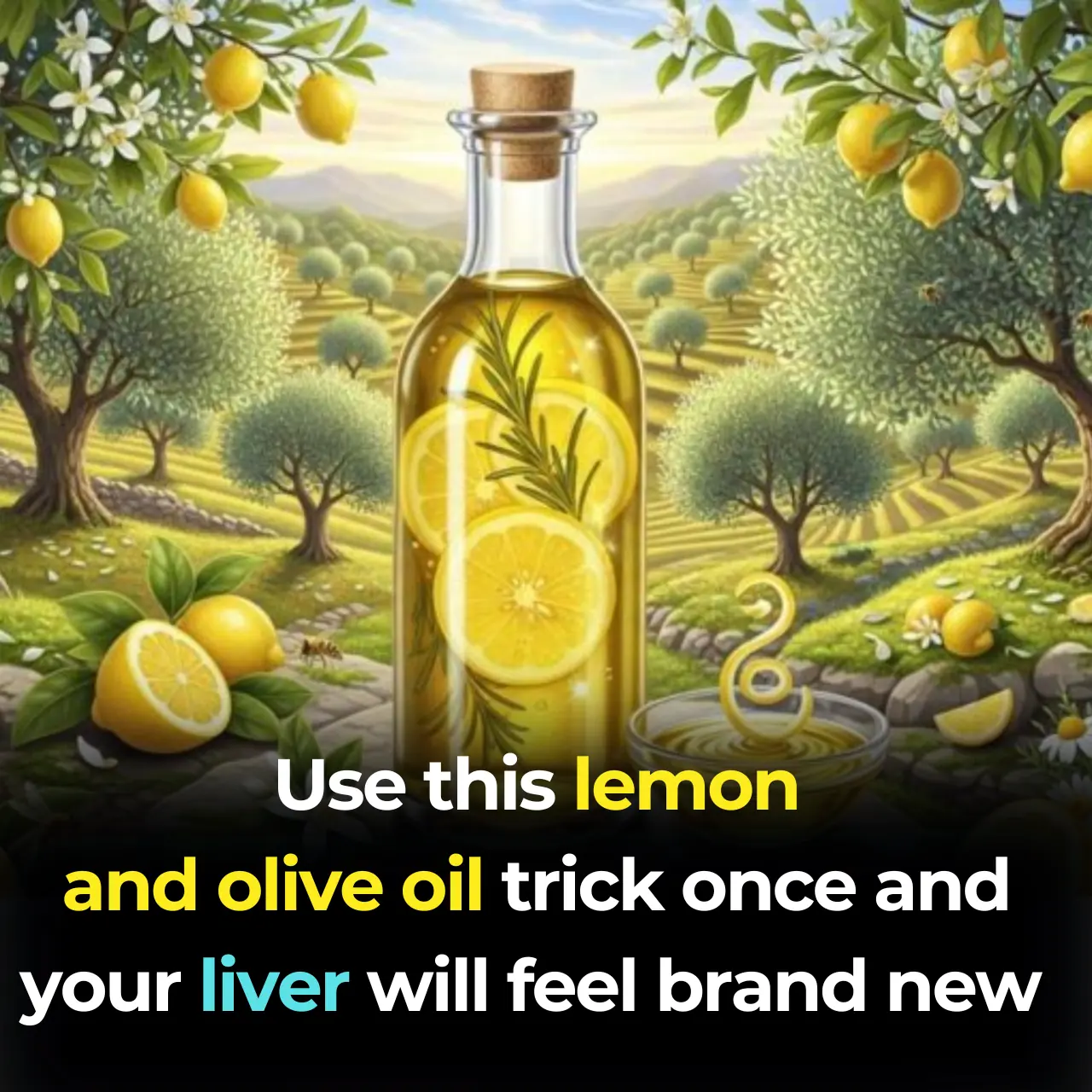
A Powerful Mixture for Cleansing Your Liver (2 Ingredients)

Studies Link Soda To Depression, Kidney Damage, Heart Attacks And Brain Damage
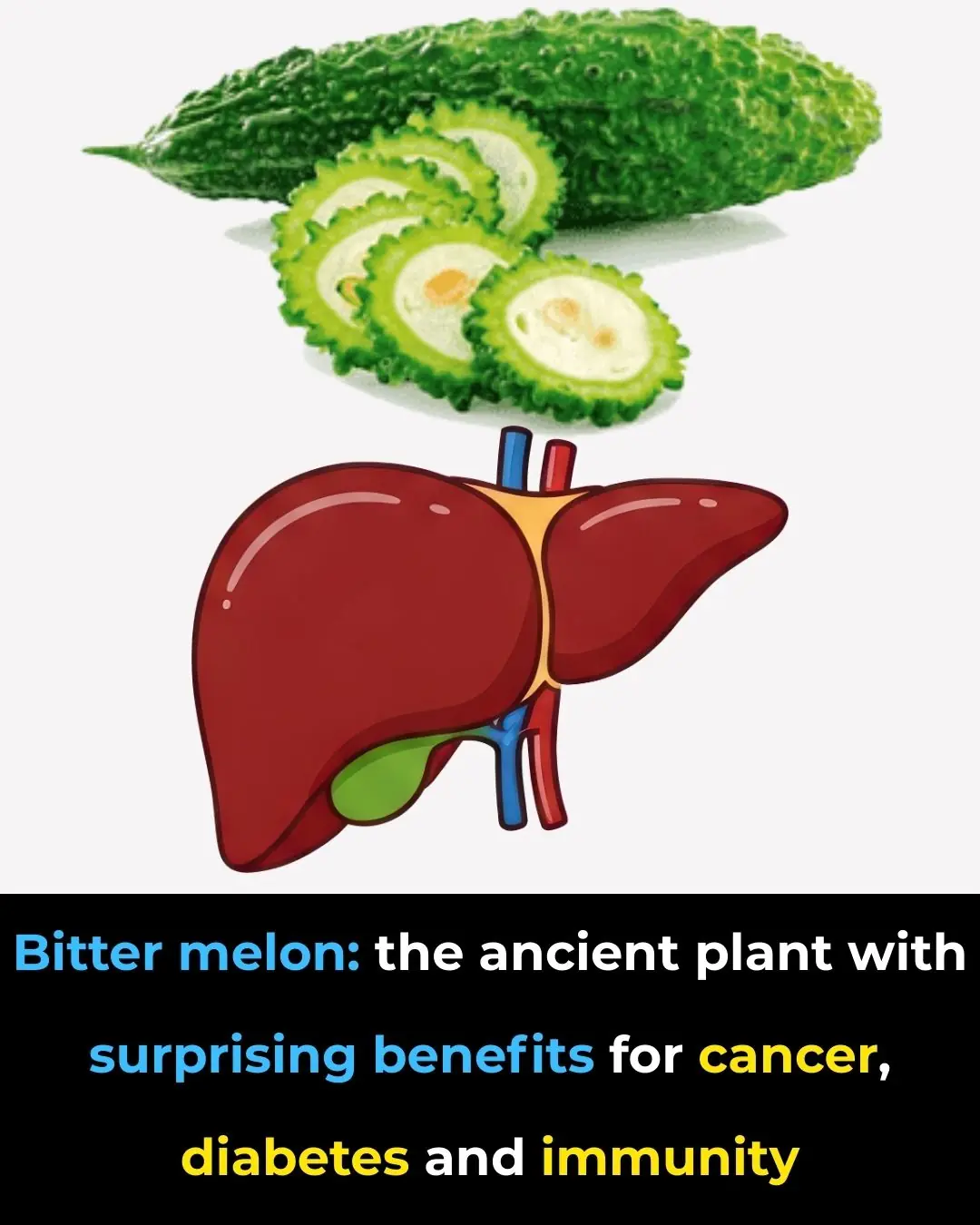
The Plant That Kills Cancer Cells, Stops Diabetes And Boosts Your Immune System!

7 powerful vitamins you need for strong, healthy legs

10 signs you’re eating too much sugar
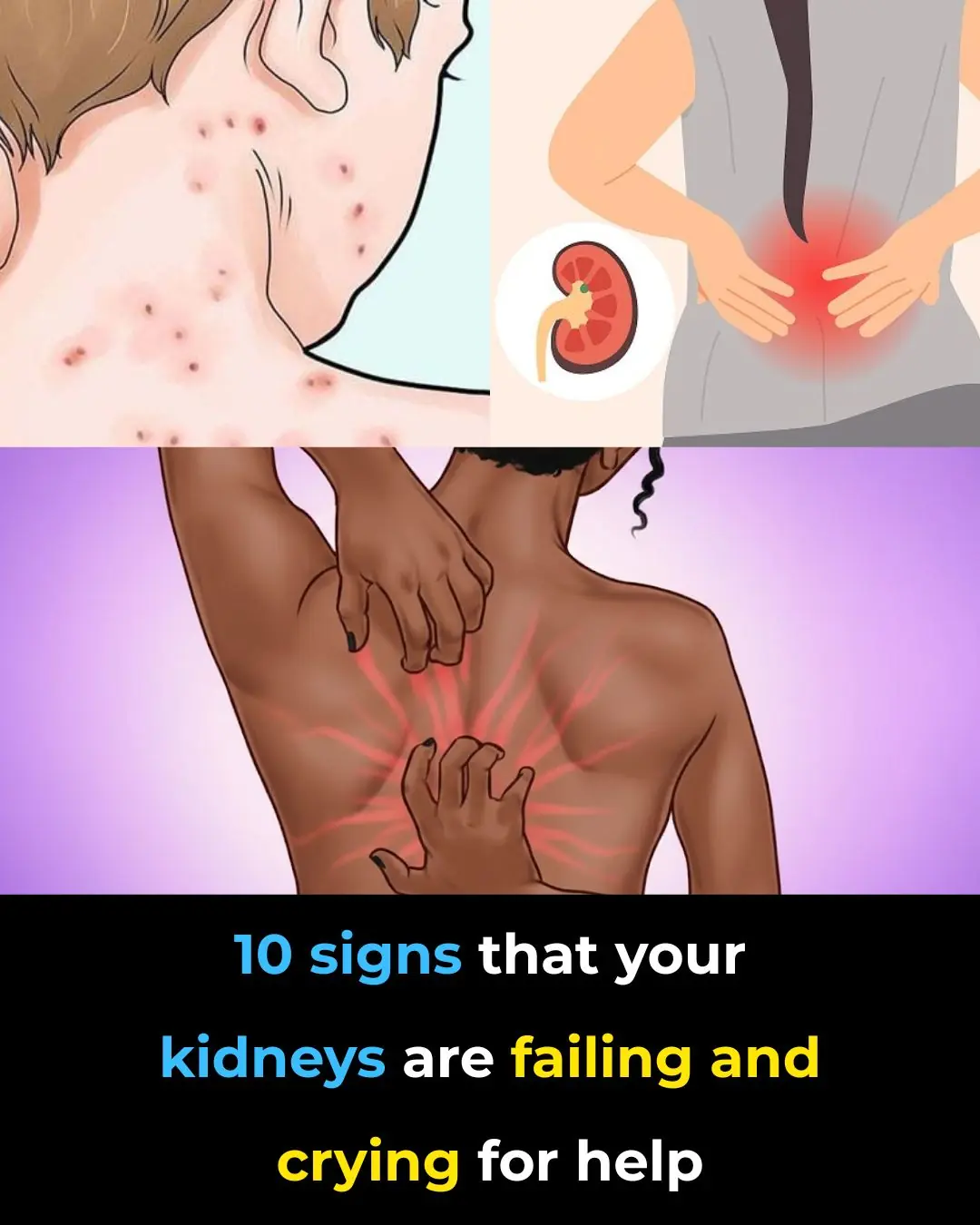
10 Warning Signs Your Kidneys May Be in Danger
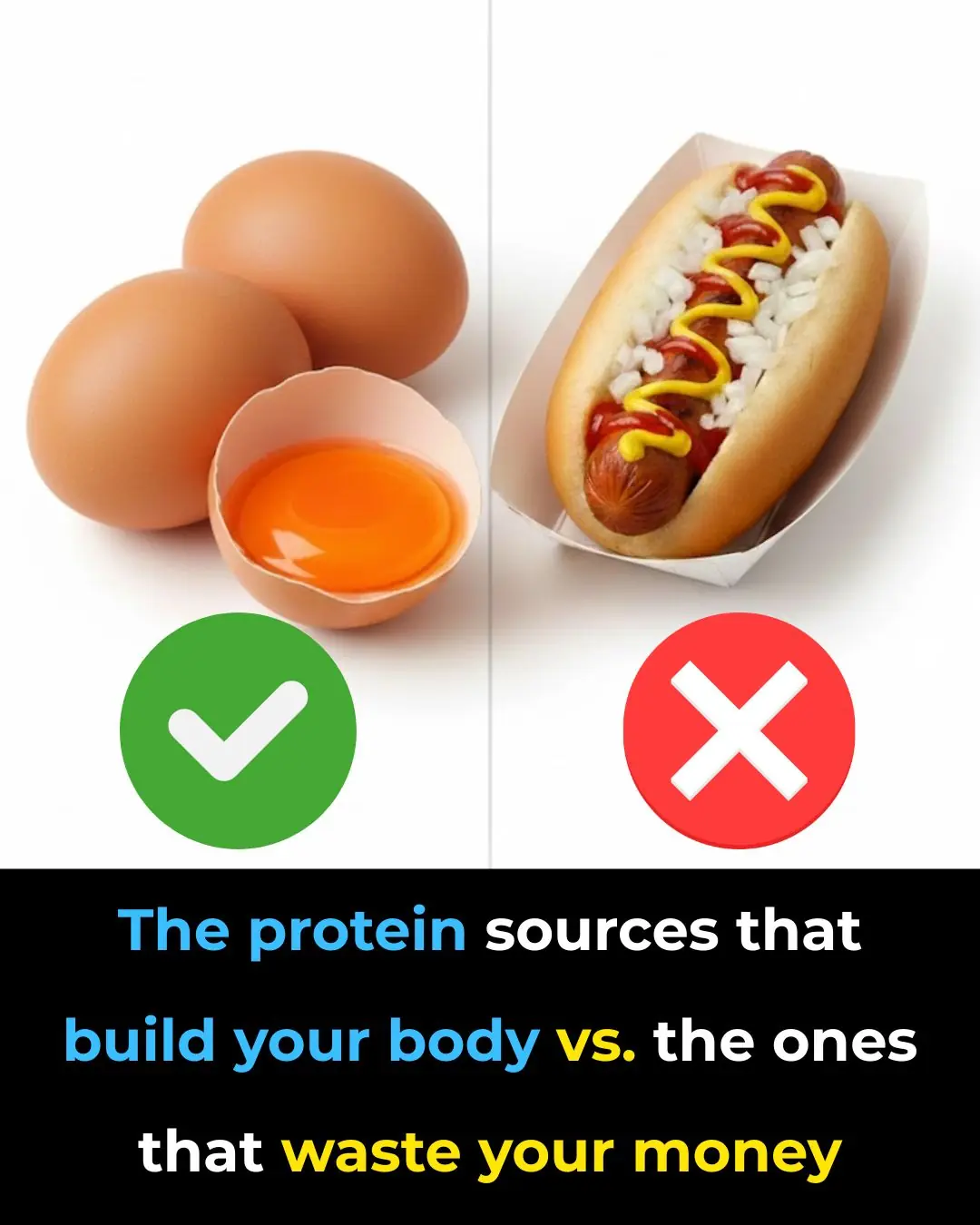
The protein sources that build your body vs. the ones that waste your money
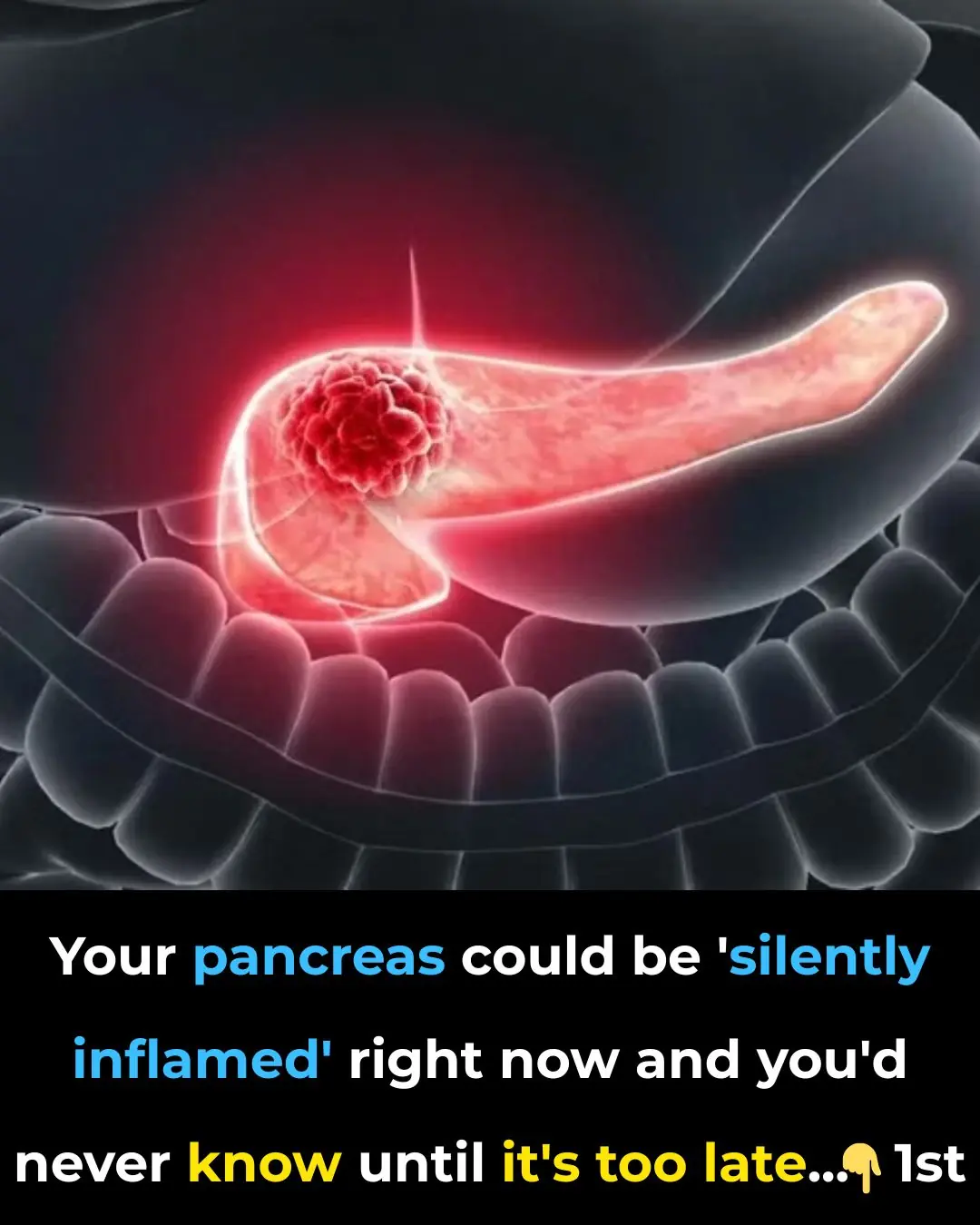
Your pancreas could be ‘silently inflamed’ right now and you’d never know until it’s too late
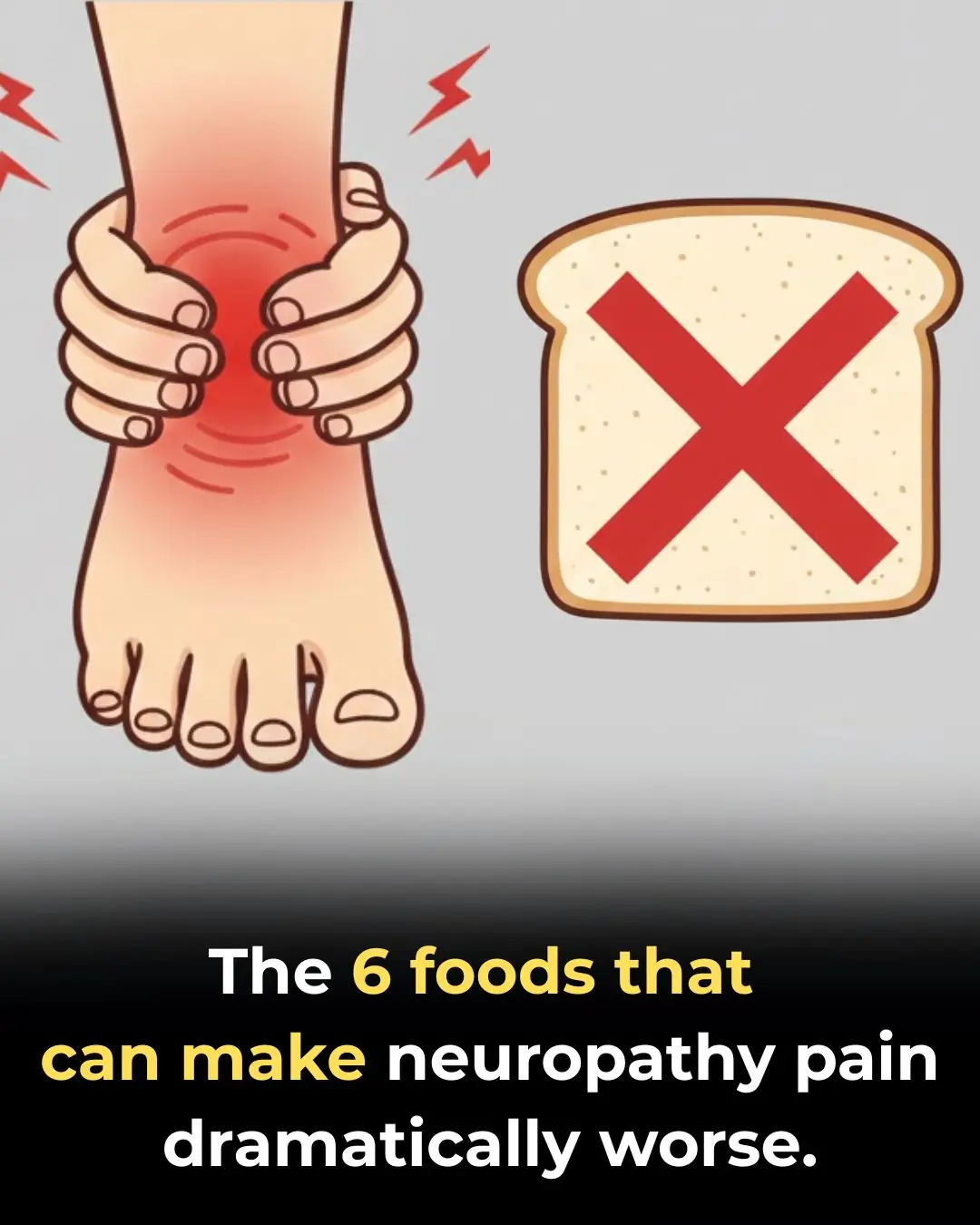
6 Trigger Foods That Cause Agonizing Pain If You Have Neuropathy

The 5 foods that quietly fuel diabetes — and what to avoid to help reverse it
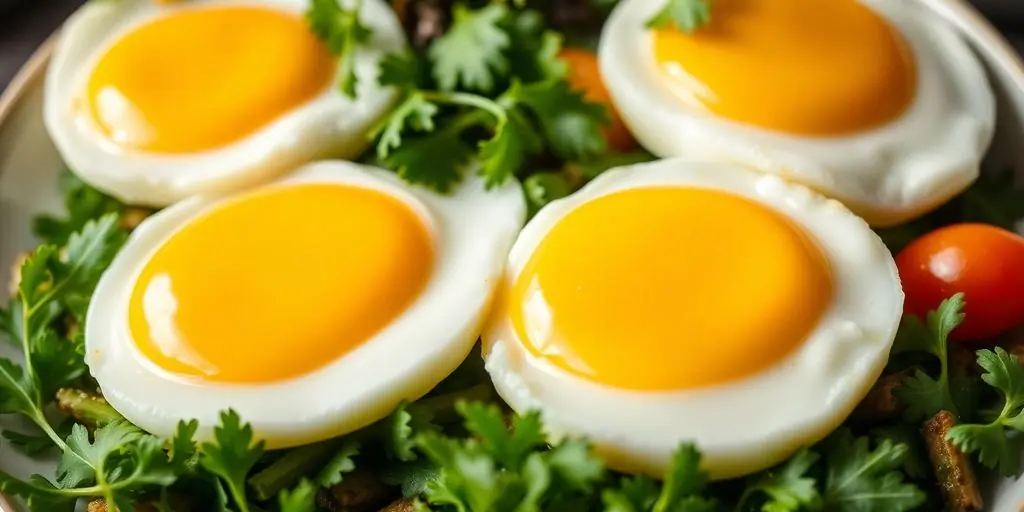
What if you ate 4 eggs a day with the yolks for 30 days
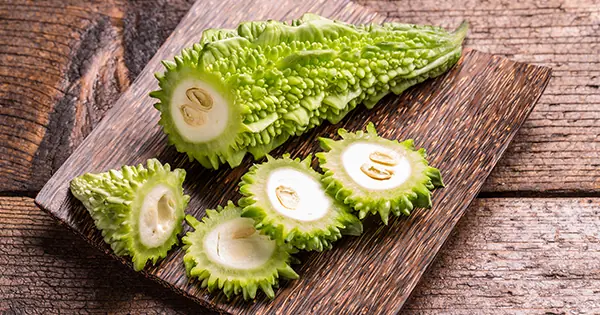
The Plant That Kills Cancer Cells, Stops Diabetes And Boosts Your Immune System!

The Ultimate DIY Clove Skincare Routine

Foods That Are Beneficial For Strengthening Muscles In Old Age

Why Staying Up Past Midnight Can Harm Your Brain
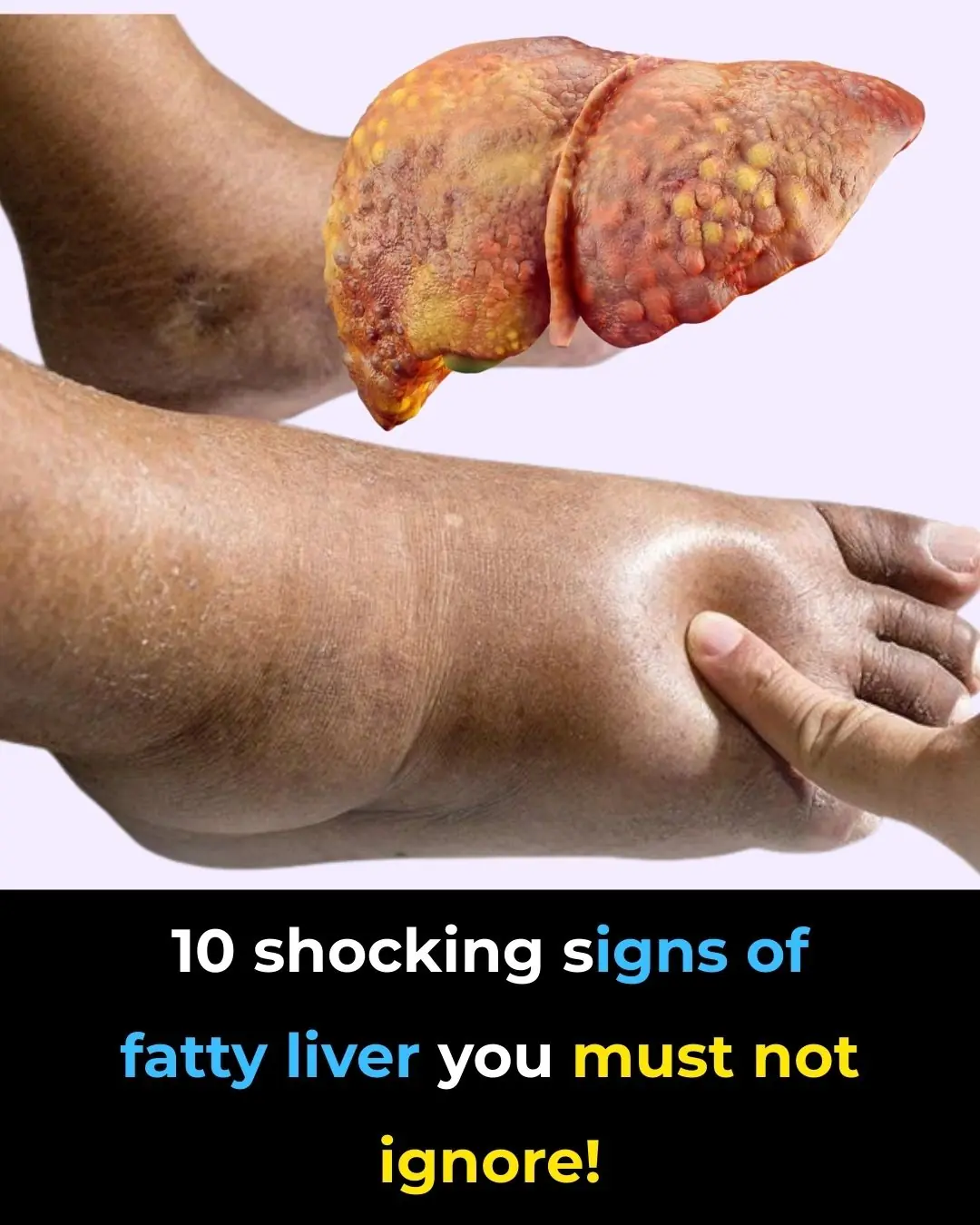
10 shocking signs of fatty liver you must not ignore!
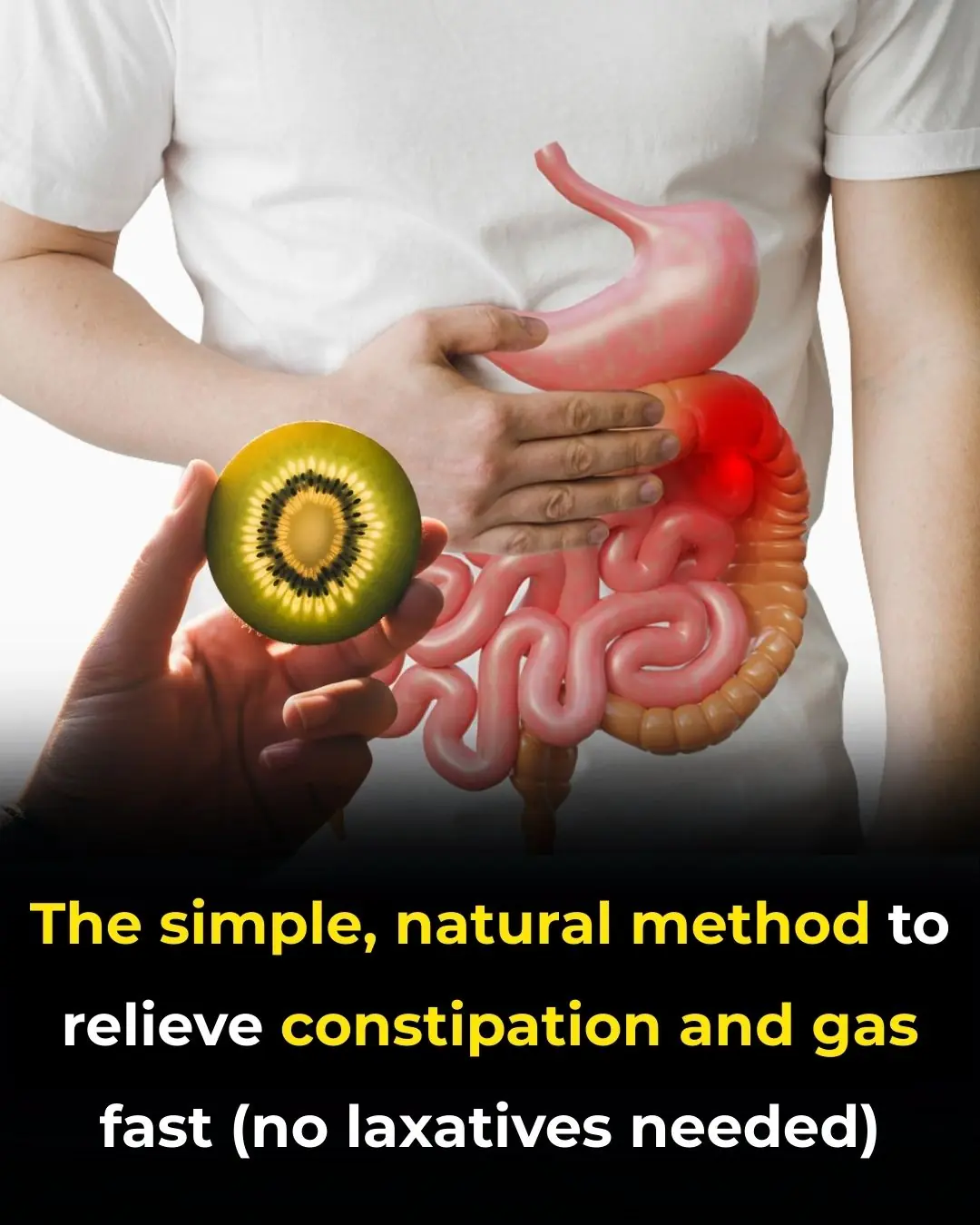
The simple, natural method to relieve constipation and gas fast (no laxatives needed)

The 5 foods that quietly fuel diabetes — and what to avoid to help reverse it
News Post
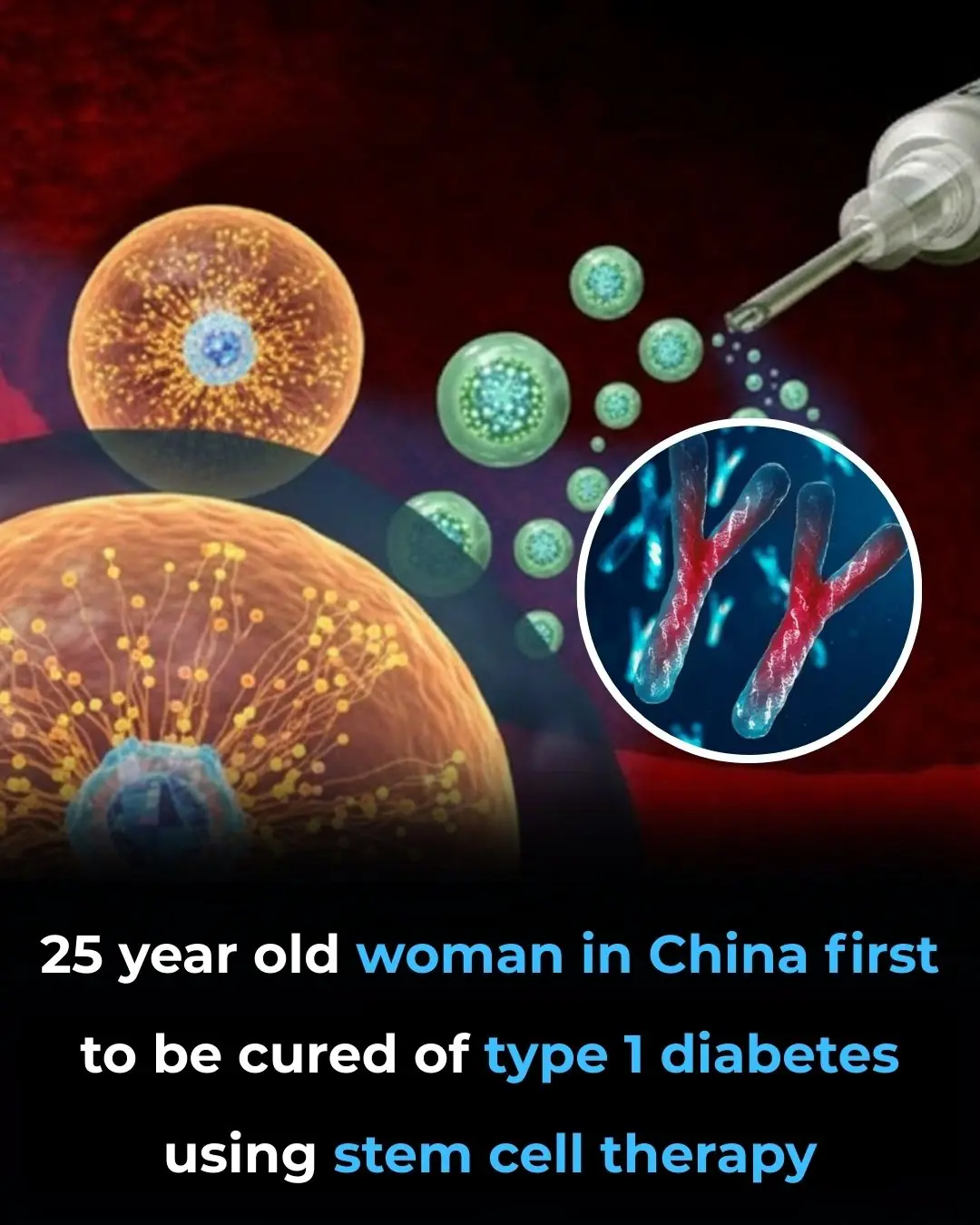
First Person Cured of Type 1 Diabetes Using Stem Cell Therapy: A Groundbreaking Medical Achievement
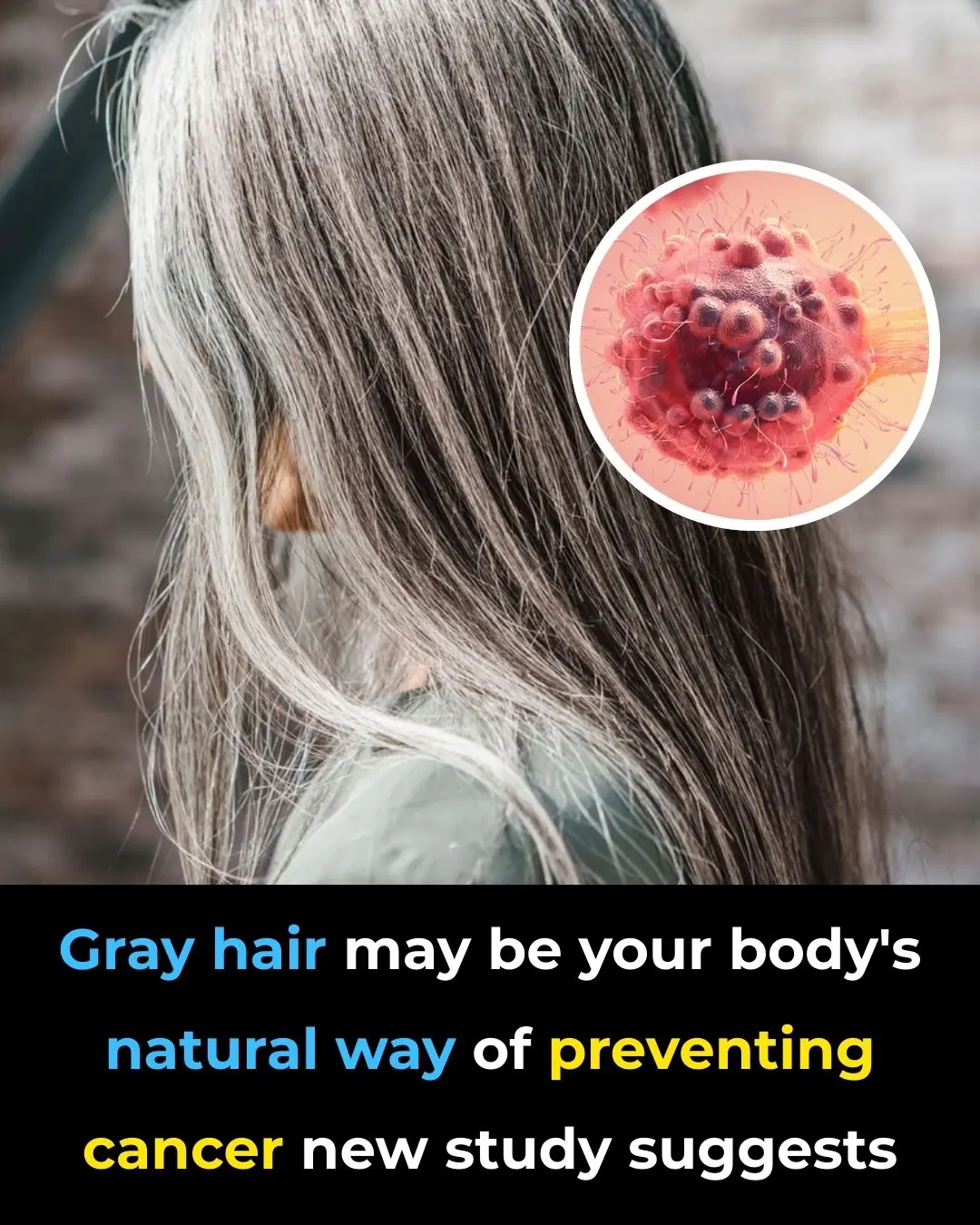
Gray Hair: A Natural Defense Against Cancer, New Study Suggests

The Best Tea to Start Your Morning and After Dinner: A Powerful Blend for Wellness

Why Placing Borax on Wax Paper Under Your Fridge Works: A Full Guide

Young Student's Determination to Support His Education Inspires Viral Act of Kindness

Lavender Oil and Baking Soda: A Natural DIY Air Freshener Backed by Science (Full SEO Article)

MIT Scientists Develop Injectable Gel to Regenerate Damaged Nerves and Restore Sensation

How Attention Shapes Reality: The Neuroscience Behind Focus and Perception

From Fear to Trust: A Dog's Journey of Healing and Love

Cleaning the TV with tissue paper or plain water is a mistake. Use this to clean the dust and not scratch the screen
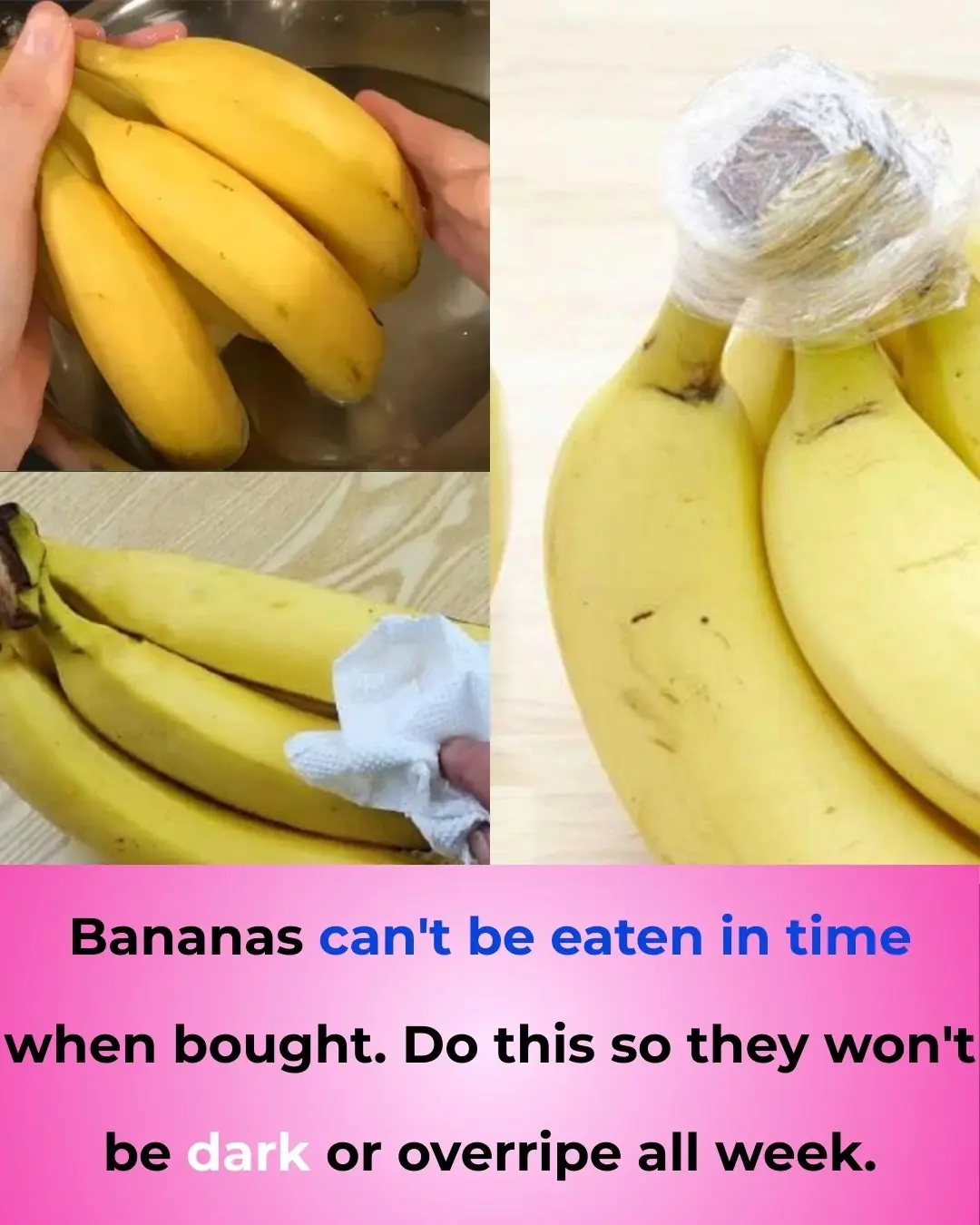
Bananas can't be eaten in time when bought. Do this so they won't be dark or overripe all week

A Powerful Mixture for Cleansing Your Liver (2 Ingredients)

Studies Link Soda To Depression, Kidney Damage, Heart Attacks And Brain Damage

The Plant That Kills Cancer Cells, Stops Diabetes And Boosts Your Immune System!

Frequent Daytime Naps Linked to Larger Brain Volume and Healthier Aging

7 powerful vitamins you need for strong, healthy legs

Study Reveals: Parents of Sons Experience Sharper Cognitive Aging

10 signs you’re eating too much sugar
